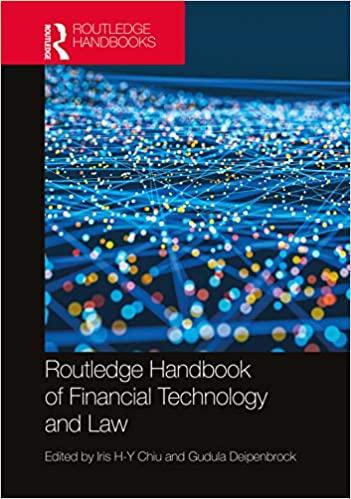
1) Which theory is optimal capital structure based on? Briefly explain the theory. 2) What is the implication for Qantas's dividend payouts? Provide rationale. Qantas' Financial Framework aligns our objectives with those of our shareholders. With the aim of generating maintainable Earnings Per Share [EPS] growth over the cycle, which in furn should generate Total Shareholder Refurns (TSR) in the top quartile of the ASX100 and a basket of global airlines, 5 the Financial Framework has three clear priorities and associated long-term targets: MAINTAINABLE EPS 12 GROWTH OVER THE CYCLE TOTAL SHAREHOLDER RETURNS IN THE TOP QUARTILE At 30 June 2021, Net Debt was $5.9 billion, which is above the Net Debt target range, with debt reduction a priority as recovery progresses. Return on Invested Capital (ROIC) for the 12 months to 30 June 2021 was less than zero, below the Group's target for value creation of 10 per cent. This was due primarily to the impact of government-imposed travel restrictions and border closures on earnings. The Qantas Group takes a disciplined approach to allocating capital with the aim to grow Invested Capital and return surplus capital to shareholders where earnings permit. 1) Which theory is optimal capital structure based on? Briefly explain the theory. 2) What is the implication for Qantas's dividend payouts? Provide rationale. Qantas' Financial Framework aligns our objectives with those of our shareholders. With the aim of generating maintainable Earnings Per Share [EPS] growth over the cycle, which in furn should generate Total Shareholder Refurns (TSR) in the top quartile of the ASX100 and a basket of global airlines, 5 the Financial Framework has three clear priorities and associated long-term targets: MAINTAINABLE EPS 12 GROWTH OVER THE CYCLE TOTAL SHAREHOLDER RETURNS IN THE TOP QUARTILE At 30 June 2021, Net Debt was $5.9 billion, which is above the Net Debt target range, with debt reduction a priority as recovery progresses. Return on Invested Capital (ROIC) for the 12 months to 30 June 2021 was less than zero, below the Group's target for value creation of 10 per cent. This was due primarily to the impact of government-imposed travel restrictions and border closures on earnings. The Qantas Group takes a disciplined approach to allocating capital with the aim to grow Invested Capital and return surplus capital to shareholders where earnings permit







